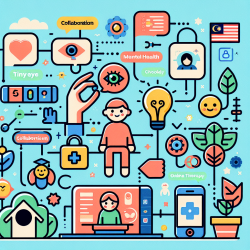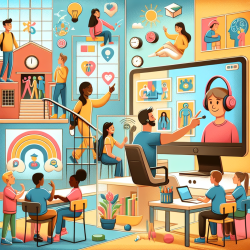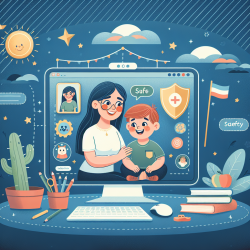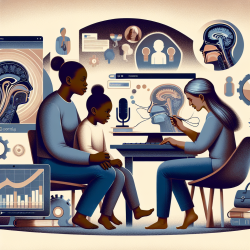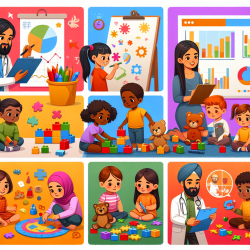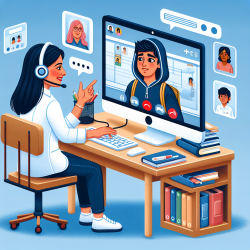Collaboration is a cornerstone of effective mental health care, especially in complex systems involving multiple stakeholders. A recent study titled "Barriers and enablers to collaboration in the mental health system in Sabah, Malaysia: towards a theory of collaboration" provides valuable insights into the factors that define and enable collaboration in mental health systems. As practitioners focused on creating great outcomes for children, we can learn a lot from this research to improve our collaborative practices.
Key Findings
The study identified six key themes related to collaboration:
- Collaborative Behaviors: Accepting and valuing others' contributions, learning from each other, sharing information, creating and respecting role boundaries, and setting common goals.
- Motivation Towards a Common Goal: The drive to create the best possible outcomes for patients, which includes general motivation, aligning priorities, and shared goals and values.
- Autonomy: Maintaining individual autonomy while working together. Lack of autonomy often leads to mere cooperation or compliance rather than genuine collaboration.
- Relatedness: Building trust, understanding, and caring relationships among stakeholders. Surface-level relationships often lead to stress and aggression.
- Resources: Competence, time, physical resources, and opportunities are crucial for enabling collaboration. Lack of resources is a significant barrier.
- Motivation to Collaborate: Weighing the personal costs versus the benefits of acting collaboratively.
Practical Implications for Practitioners
To improve collaboration in child therapy, consider implementing the following strategies based on the study's findings:
- Foster Collaborative Behaviors: Encourage team members to value each other's contributions, share information, and set common goals. Regular team meetings and joint training sessions can facilitate this.
- Align Goals and Values: Ensure that all team members, including families and external stakeholders, are motivated towards a common goal. Regularly revisit and realign priorities to keep everyone on the same page.
- Maintain Autonomy: Empower each team member to act autonomously within their roles. Avoid overly rigid boundaries that can stifle creativity and collaboration.
- Build Relatedness: Invest time in building trusting relationships among team members. Regular check-ins and team-building activities can enhance relatedness.
- Optimize Resources: Ensure that team members have the necessary resources, including time and training, to collaborate effectively. Advocate for additional resources if needed.
- Evaluate Costs and Benefits: Regularly assess the costs and benefits of collaborative efforts. Encourage team members to share their experiences and adjust strategies accordingly.
Conclusion
Improving collaboration in child therapy requires a multifaceted approach that addresses autonomy, relatedness, and resource allocation. By implementing these strategies, practitioners can create a more collaborative environment that leads to better outcomes for children.
To read the original research paper, please follow this link: Barriers and enablers to collaboration in the mental health system in Sabah, Malaysia: towards a theory of collaboration.
